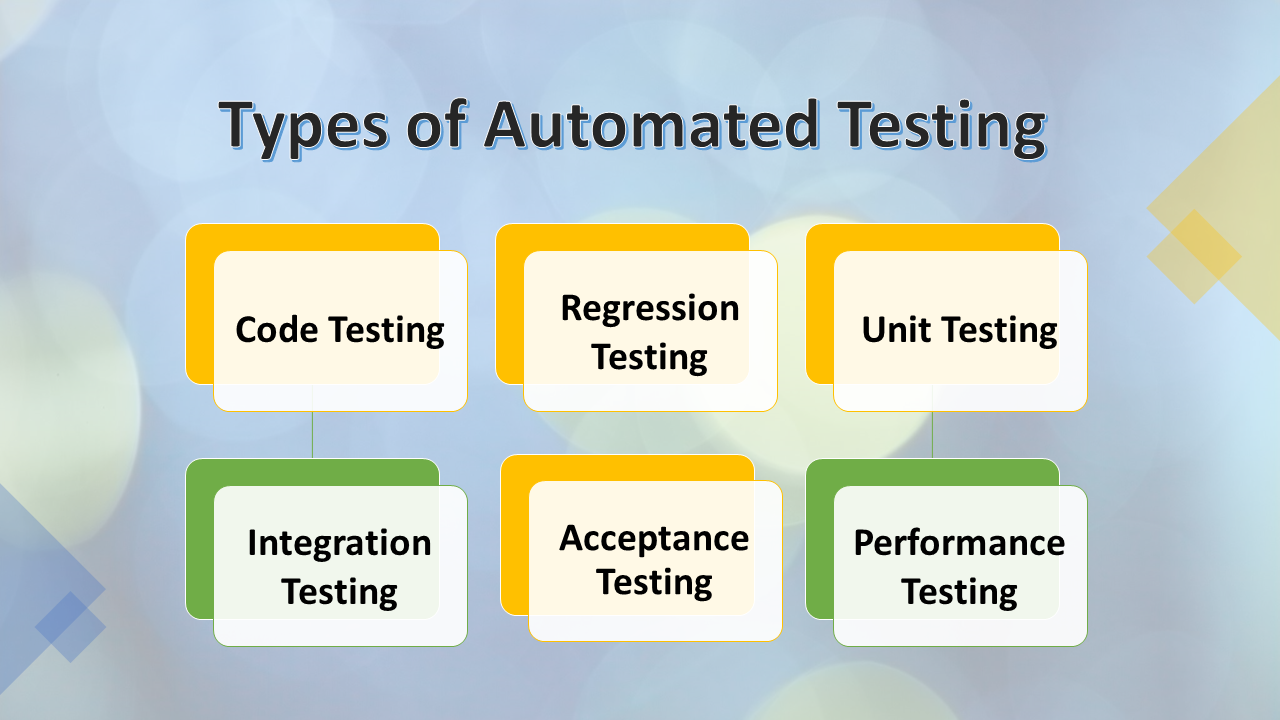From Handbook to Automated Testing: A Comprehensive Overview to Transitioning Smoothly and Efficiently
In the realm of software screening, the shift from handbook to automated procedures has come to be an increasingly essential shift for companies seeking to boost efficiency and precision in their testing methods. The trip from handbook to automated screening is not without its challenges, yet when approached purposefully and with a clear plan in mind, the advantages can be significant.
Benefits of Automated Examining
Automated testing supplies various benefits, enhancing effectiveness and precision in software application growth processes. One main advantage is the considerable decrease in testing time. Automated tests can be run simultaneously on several devices and running systems, considerably speeding up the screening phase compared to hand-operated testing. This raised efficiency enables faster responses on the high quality of the software program, enabling designers to determine and resolve problems without delay.
In addition, automated testing ensures a higher degree of precision in identifying issues. Uniformity in screening is likewise improved, as automated examinations implement the very same actions exactly each time they are run.
Choosing the Right Tools

To start with, examine your demands and goals. Understand the scope of your task, the modern technologies included, and the skill set of your team. This evaluation will certainly assist you establish the capacities and functions you need in your testing devices.
Second of all, think about the compatibility of the tools with your existing systems and processes. Seamless integration with your existing software program advancement lifecycle is necessary to guarantee a smooth transition to automation.
In addition, examine the scalability and flexibility of the devices. As your testing needs advance, the tools should have the ability to adjust and accommodate adjustments successfully.
Finally, consider the assistance and neighborhood around the tools. Durable support and an energetic individual community can give beneficial sources and assistance when implementing automated screening. By thoroughly thinking about these aspects, you can pick the right devices that line up with your requirements and established the stage for a successful change to automated screening.
Composing Effective Test Scripts

When crafting test manuscripts, it is vital to take into consideration the details demands of the software being checked and ensure that the manuscripts address all essential performances. Clear and descriptive naming conventions for examination scripts and examination cases can boost readability and maintainability. Furthermore, integrating error handling mechanisms within the test manuscripts can assist in determining and dealing with issues quickly.
In addition, arranging test manuscripts right into modular components can boost reusability and scalability, lowering redundancy and enhancing performance in test manuscript maintenance. Normal evaluations and updates to evaluate manuscripts are vital to keep rate with progressing software needs and capabilities. By complying with these principles, testers can develop robust and reliable examination scripts that add considerably to the success of automated screening processes.
Integrating Automation Into Workflows
Effective assimilation of automation tools into existing operations streamlines processes and improves productivity within software advancement cycles. When integrating automation right into workflows, it is important to determine recurring jobs that can be automated to save time and lower human error. By perfectly incorporating automated screening tools like Selenium or Appium into the software program development lifecycle, groups can achieve faster comments on code modifications, causing quicker pest detection and resolution. This combination permits for continuous testing throughout the advancement process, making certain that any kind of concerns are recognized beforehand, leading to higher software application quality. Additionally, automation can be made use of to activate go to this website tests automatically after each code commit, giving instant validation and releasing up testers to concentrate on more complex circumstances. Correct combination of automation tools requires collaboration in between growth, screening, and procedures teams to establish a unified workflow that optimizes efficiency and effectiveness in supplying premium software.
Ensuring a Smooth Transition
Effectively transitioning to automated screening involves meticulous preparation and cautious implementation to decrease interruptions and make best use of efficiency in the software program advancement process - automation testing. To make sure a smooth change, it is vital to begin by conducting a complete assessment of the present screening processes and identifying areas where automation can bring one of the most significant benefits. Involving with all stakeholders beforehand while doing so, click to read more including designers, testers, and task supervisors, is essential for amassing assistance and buy-in for the automation effort
Interaction is vital during this transition stage. Clear interaction of the objectives, advantages, and assumptions of automated screening helps to manage any type of resistance or issues that might develop. In addition, giving adequate training and resources for staff member to upskill in automation tools and methods is crucial for making certain an effective shift.

Final Thought
To conclude, transitioning from manual to automated testing uses countless benefits, including enhanced effectiveness and dependability. By picking the appropriate tools, composing efficient examination scripts, and integrating automation flawlessly into process, companies can ensure a smooth and successful shift. It is necessary to embrace automation as a valuable asset in software application testing processes to enhance general quality and productivity.
In the realm of software program screening, the shift from handbook to automated procedures has actually come to be a progressively important change for companies looking for to improve efficiency and accuracy in their screening practices. Automated examinations can be run at the same time on several tools and running systems, considerably speeding up the testing stage contrasted to manual screening. Consistency in testing is additionally enhanced, as automated tests implement the exact go to my site same steps specifically each time they are run.To make sure the successful execution of chosen testing devices, the development of effective examination scripts plays an essential function in confirming the performance and efficiency of automated processes - automation testing. By adhering to these principles, testers can develop durable and effective test manuscripts that contribute significantly to the success of automated screening procedures